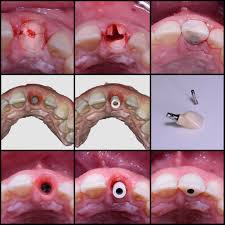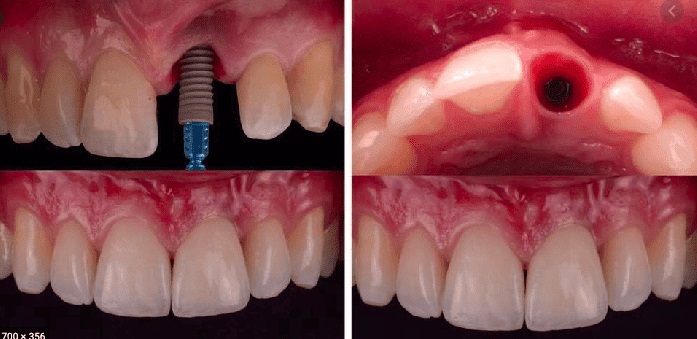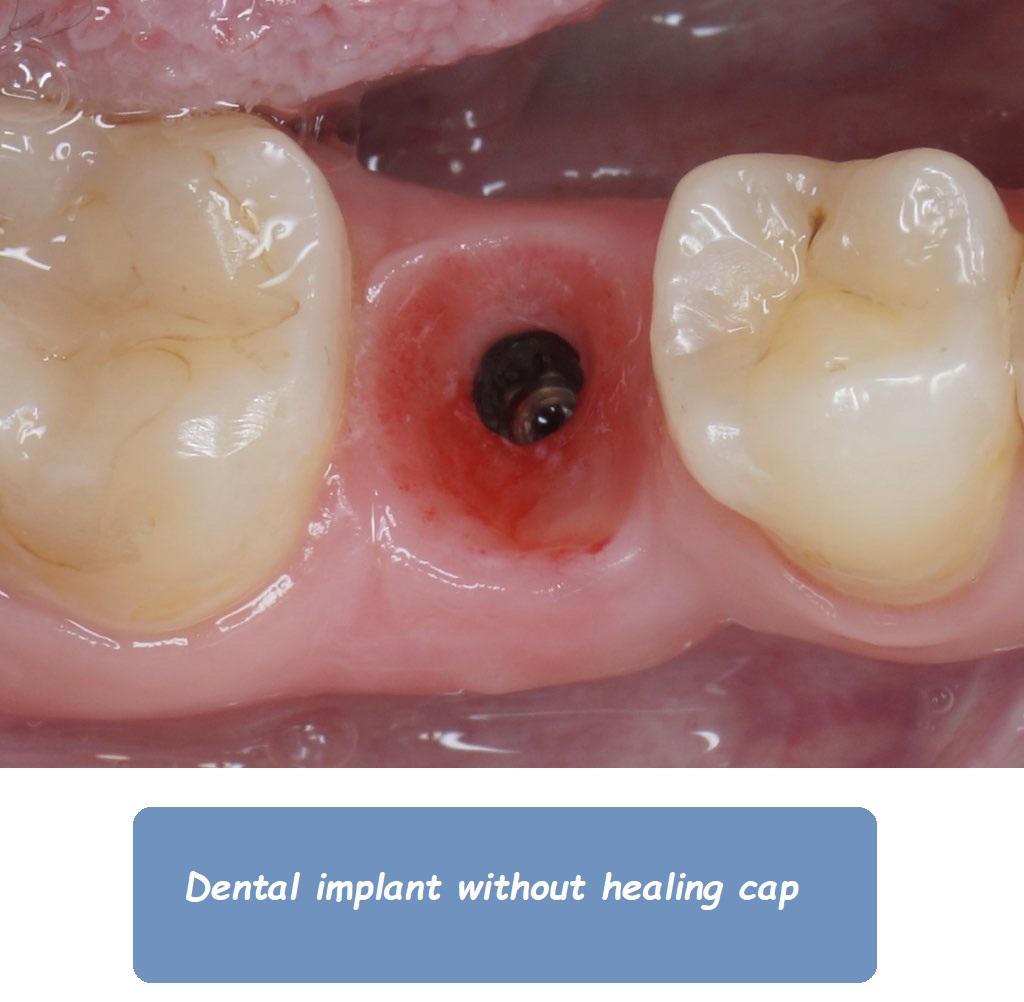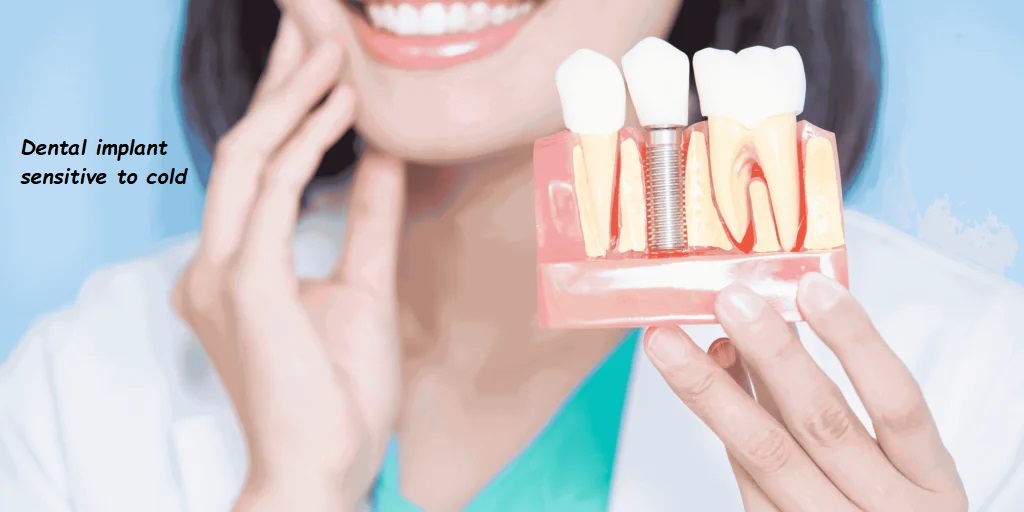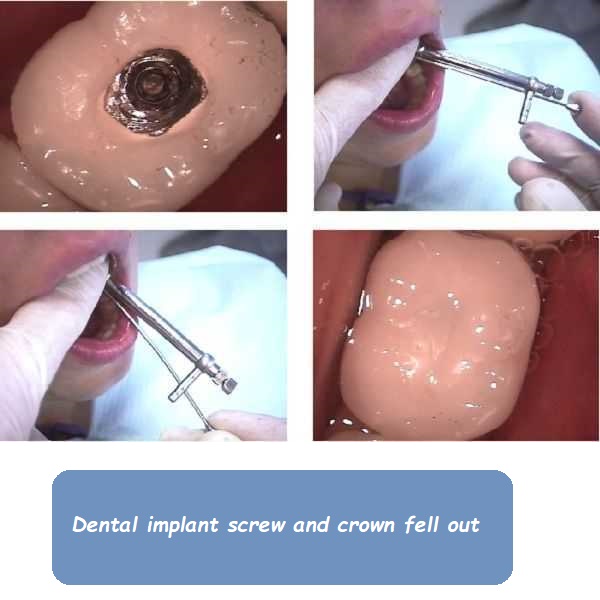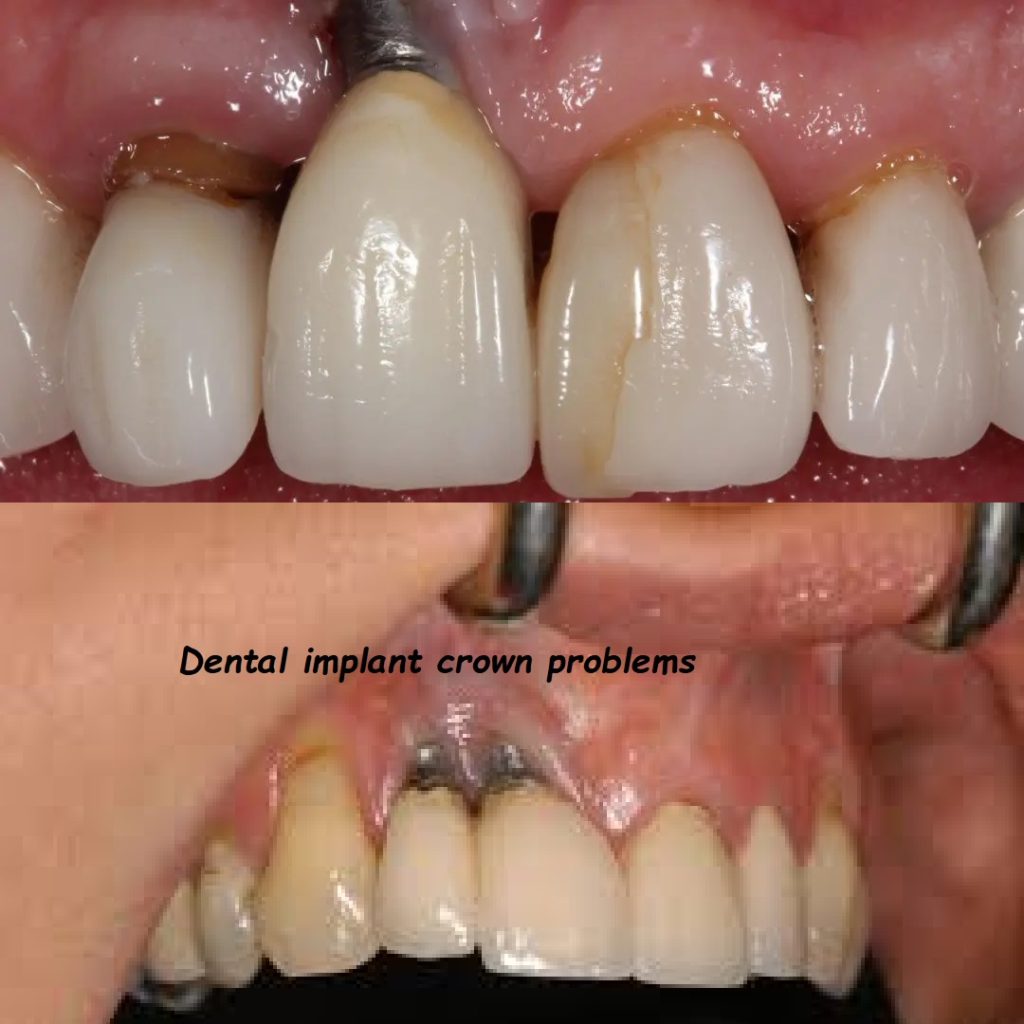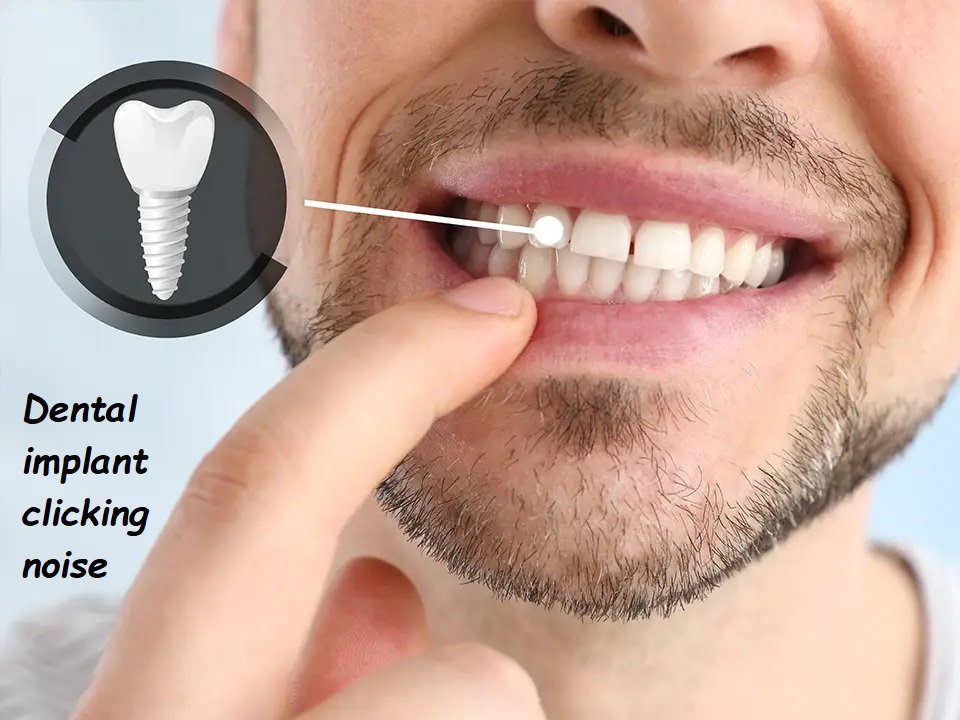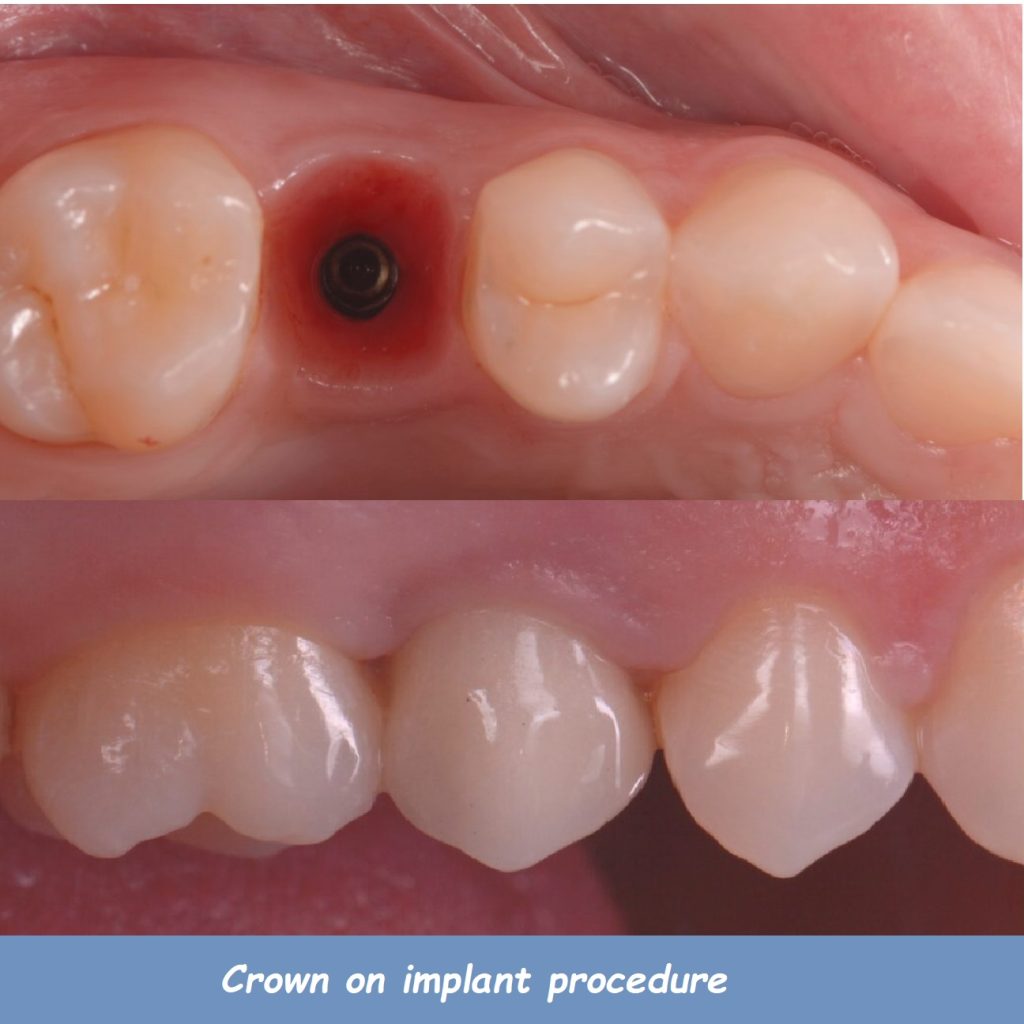mandibular angle implants
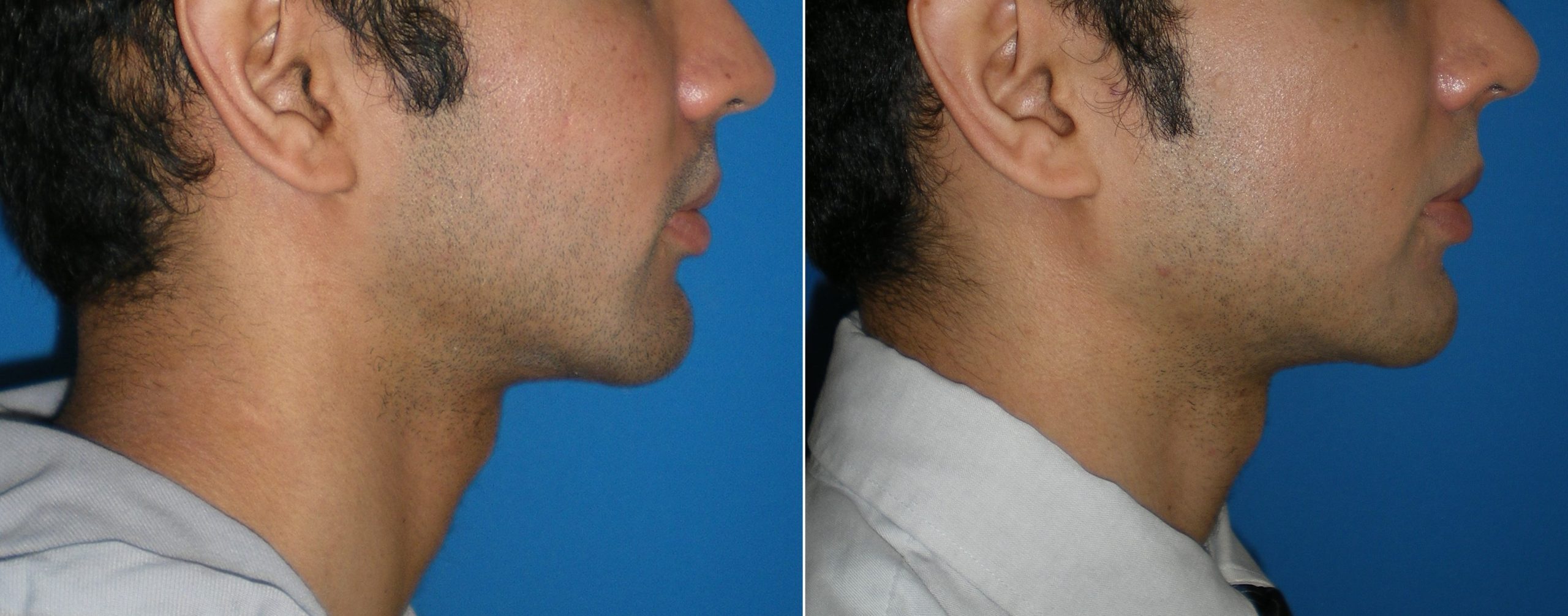
Facial aesthetics play a crucial role in self-confidence and overall appearance. The shape and structure of the jawline significantly contribute to the facial profile. For individuals seeking to enhance or redefine their jawline, mandibular angle implants offer a promising solution. This comprehensive guide delves into the intricacies of mandibular angle implants, covering everything from the basics and benefits to the procedure, recovery, and long-term care.
Understanding Mandibular Angle Implants
What Are Mandibular Angle Implants?
Mandibular angle implants are prosthetic devices surgically inserted into the mandibular angle (the lower back portion of the jaw) to enhance or reconstruct the jawline. These implants are designed to provide a more defined, symmetrical, and aesthetically pleasing jawline.
Types of Mandibular Angle Implants
- Silicone Implants: These are the most commonly used implants due to their flexibility, biocompatibility, and ease of insertion.
- Polyethylene (Medpor) Implants: Known for their porous nature, these implants allow tissue integration, providing a more stable and natural feel.
- Custom Implants: These are tailored to fit the individual’s unique anatomy, ensuring optimal aesthetics and functionality.
Benefits of Mandibular Angle Implants
- Enhanced Jawline Definition: Implants create a sharper and more pronounced jawline, contributing to a balanced facial profile.
- Improved Facial Symmetry: For individuals with asymmetrical jawlines, implants can restore symmetry and harmony to the face.
- Reconstructive Benefits: Implants can restore facial structure and function for those with congenital deformities, trauma, or surgery-related jaw deficiencies.
- Boosted Self-Confidence: A well-defined jawline can enhance self-esteem and overall confidence in social and professional settings.
The Procedure for Mandibular Angle Implants
Initial Consultation and Evaluation
The journey towards mandibular angle implants begins with a thorough consultation and evaluation by a qualified surgeon.
Steps Involved
- Medical and Dental History: The surgeon will review your medical and dental history to identify any conditions that may affect the procedure.
- Clinical Examination: A detailed examination of the facial structure and jawline will be conducted to assess suitability.
- Imaging: Advanced imaging techniques, such as CT scans or 3D imaging, are used to evaluate bone structure and create a customized surgical plan.
Suitability for Mandibular Angle Implants
Several factors determine suitability for mandibular angle implants, including overall health, bone structure, and aesthetic goals.
Overall Health
- General Health: Candidates should be in good overall health with no uncontrolled medical conditions that could affect healing.
- Non-Smokers: Smoking can impair healing and increase the risk of complications. Patients are advised to quit smoking before undergoing the procedure.
Bone Structure
- Adequate Bone Structure: Sufficient bone structure is essential to support the implants and ensure successful outcomes.
- Custom Implants: For individuals with unique bone structures, custom implants may be designed to ensure optimal fit and aesthetics.
Aesthetic Goals
- Realistic Expectations: Candidates should have realistic expectations regarding the outcome of the procedure.
- Desired Outcome: Clear communication with the surgeon about desired aesthetic goals is crucial for achieving satisfactory results.
Preoperative Preparation
Before the surgery, specific preparations are necessary to ensure a smooth and successful procedure.
Steps Involved
- Medical Clearance: Obtain medical clearance from your primary care physician if necessary.
- Preoperative Instructions: Follow the surgeon’s preoperative instructions, which may include fasting and avoiding certain medications.
- Arrange Transportation: Arrange for someone to drive you to and from the surgical facility.
The Surgical Procedure
The mandibular angle implant surgery involves several critical steps, each contributing to the success of the procedure.
Steps Involved
- Anesthesia: General anesthesia or local anesthesia with sedation is administered to ensure patient comfort during the surgery.
- Incision: A small incision is made inside the mouth or under the chin to access the mandibular angle.
- Implant Insertion: The implant is carefully inserted and positioned at the mandibular angle. For custom implants, precise placement is crucial for optimal results.
- Securing the Implant: The implant is secured in place using screws or sutures, depending on the type of implant and surgical technique.
- Suturing: The incision is sutured closed, and the area is cleaned and bandaged.
Duration: 1-2 Hours
The surgery typically takes 1-2 hours, depending on the complexity of the case and the type of implant used.
Recovery and Postoperative Care
Initial Recovery Period
The initial recovery period is critical for ensuring proper healing and minimizing complications.
Steps Involved
- Immediate Postoperative Care: After the surgery, you will be monitored in a recovery area until the anesthesia wears off.
- Swelling and Bruising: Swelling and bruising are common and usually peak within the first few days. Applying cold compresses can help reduce swelling.
- Pain Management: Pain and discomfort are managed with prescribed medications. Follow the surgeon’s instructions for pain management.
Long-Term Recovery
Long-term recovery involves continued care and follow-up appointments to ensure successful healing and optimal results.
Steps Involved
- Follow-Up Appointments: Attend all scheduled follow-up appointments with your surgeon to monitor healing and address any concerns.
- Diet and Activity Restrictions: Follow dietary and activity restrictions as advised by your surgeon. Soft foods and avoiding strenuous activities are typically recommended during the initial recovery period.
- Oral Hygiene: Maintain excellent oral hygiene to prevent infection. Your surgeon may recommend a specific oral hygiene routine.
Timeline: 6-8 Weeks
Full recovery and final results are typically achieved within 6-8 weeks, although individual recovery times may vary.
Risks and Complications
Potential Risks
As with any surgical procedure, mandibular angle implant surgery carries certain risks and potential complications.
- Infection: Infection at the surgical site is a possible risk. Antibiotics and proper oral hygiene can help prevent infection.
- Implant Shifting: In rare cases, the implant may shift or become displaced, requiring additional surgery.
- Nerve Damage: There is a risk of nerve damage, which can result in temporary or permanent numbness in the jaw or lower lip.
- Scarring: While incisions inside the mouth typically heal without visible scarring, external incisions under the chin may leave a small scar.
Minimizing Risks
- Choose an Experienced Surgeon: Select a board-certified and experienced facial plastic surgeon to minimize risks and ensure optimal results.
- Follow Postoperative Instructions: Adhere to all postoperative care instructions provided by your surgeon.
- Report Complications Promptly: If you experience any unusual symptoms or complications, contact your surgeon immediately.
Long-Term Care and Maintenance
Proper long-term care and maintenance are essential for preserving the results of your mandibular angle implants.
Daily Oral Hygiene
- Brushing: Brush your teeth at least twice a day using a soft-bristled toothbrush and non-abrasive toothpaste.
- Flossing: Floss daily to remove plaque and food particles from between the teeth and around the implant area.
- Mouthwash: Use an antiseptic mouthwash to reduce bacteria and maintain oral health.
Regular Follow-Up Appointments
- Routine Examinations: Schedule regular check-ups with your surgeon to monitor the health and stability of the implants.
- Professional Cleanings: Attend regular dental cleanings to maintain oral hygiene and prevent infection.
Lifestyle Considerations
- Avoid Smoking: Smoking can impair healing and increase the risk of complications. Avoid smoking to ensure the longevity of your implants.
- Healthy Diet: Maintain a balanced diet to support overall health and healing.
Addressing Issues Promptly
- Report Discomfort: If you experience any discomfort or issues with your implants, contact your surgeon promptly.
- Follow-Up Appointments: Attend all scheduled follow-up appointments to ensure the ongoing health of your implants.
Conclusion
Mandibular angle implants offer a transformative solution for individuals seeking to enhance their jawline and facial aesthetics. The procedure involves several stages, from initial consultation and evaluation to surgery, recovery, and long-term care. While the process may involve some risks and a recovery period, the benefits of mandibular angle implants—such as improved jawline definition, enhanced facial symmetry, and boosted self-confidence—make it a worthwhile investment.
Candidates considering mandibular angle implants should consult with a qualified and experienced surgeon to determine their suitability and develop a personalized treatment plan. With proper care and maintenance, mandibular angle implants can provide a permanent, natural-looking, and aesthetically pleasing enhancement to the jawline, significantly improving overall facial harmony and appearance.

